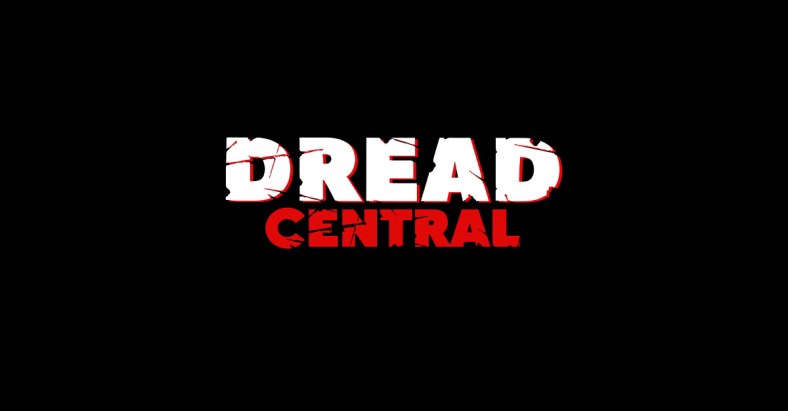COLOR OUT OF SPACE Review — Walks the Line Between Arthouse Film & B Movie


Starring: Nicholas Cage, Joely Richardson, Madeleine Arthur
Written by: Richard Stanley and Scarlett Amaris (based on a short story by H.P. Lovecraft)
Directed By: Richard Stanley
Creating cinematic adaptations of treasured literature is risky business. First, filmmakers and audiences must come to terms with the fact that some written works do not adapt neatly into a visual medium, and even when they are successfully adapted, the necessary changes may sour fans because their favorite literary moments may not have survived the change. H.P. Lovecraft’s work is particularly challenging to adapt because much of the writer’s charm is in the mysterious and obscuring descriptive elements of his prose. For example, if directly adapted to a visual medium, Lovecraft’s descriptive style would guide directors to show more in the way of reaction shots than of money shots of some big, slimy, alien creature. For Color Out of Space, visionary director Richard Stanley took up the challenge, and the results are… kind of big and slimy.
To be fair, I viewed Stanley’s Color Out of Space based on its own merits as a film — not on its ability to convey Lovecraft’s tale of dread. That said, what we’ve got here is a story about a strange meteorite that lands on the farm belonging to Nathan Gardner (Nicholas Cage) and his family. After it lands, mutations and insanity ensue. The end. This ain’t complex stuff, folks, but if you’re willing to accept you’re watching a movie that walks the line between arthouse film and B movie — and you’ve got a stomach for gore — then you’ll probably enjoy the experience.
Regarding the B movie facets, this film is packed with tropes. It’s got an isolated family farm; it’s got inhospitable local government [Q’orianka Kilcher in a cameo as the local mayor] who only shows up to grouse to the effect of “That’s what you get for not selling your land to us;” it’s got a possible love interest for the family’s daughter in the form of a traveling scientist who sets up shop in a nearby tent to conduct tests on the local water; it’s got a small, special child who’s able to connect with mysterious entities; and it’s got a wacko / wise old hippy (Tommy Chong), who lives in a shack nearby and who may offer useful information between drug trips. The dialog is exposition-heavy and, while it may be steeped in pop culture sensibility, it is not particularly memorable.
The performances are all right. As Cage’s character gradually slips into insanity, it seems as though the performance is at times channeling a hybrid of Jack Nicholson’s Jack Torrance and Donald Trump, but when he arrives at the core of his insanity, Cage settles into a very pleasing psycho that is 100% satisfying. Beyond that centerpiece performance, most of the other cast members don’t have much to work with. However, Madeleine Arthur does a fine job of providing the ensemble with a relatively centered protagonist in the role of the Gardners’ young adult daughter, Lavinia.
Naturally, there are various Lovecraftian nods throughout the film. A weather report includes the nearby town of Dunwich; someone has a Miskatonic University shirt; Lavinia reads from The Necronomicon; and the story is set in Arkham. Apart from these trimmings, the real meat and potatoes of Color Out of Space is in the monsters and visual effects — these and the ability to establish a rich atmosphere are Stanley’s strengths. Here, I can easily give props to the make-up and visual effects departments. The creatures of the make-up effects team, which are principally mutated humans and alpacas, may seem strongly derivative of Rob Bottin’s work on The Thing, but they are definitely captivating in their own right. As for the visual effects, that’s our ticket to discussing the arthouse merits of the film.
Once the story enters the catastrophic final act, the film’s spectacle easily eclipses whatever narrative devices were necessary to deliver viewers to that phase. It is beautiful; it is fantastic; and it is a joy to behold. There’s certainly a dash of Kubrick’s 2001: A Space Odyssey in the visual effects mix, but it works in the context of the film’s interdimensional/intergalactic climax.
-
COLOR OUT OF SPACE
Summary
Richard Stanley’s adaptation of Lovecraft’s Color Out of Space flirts nicely with cosmic horror. What it lacks in dramatic areas, it makes up for in a rich display of atmospheric elements. The visual effects, sound design, and special make-up effects make sure this baby reaches the finish line with panache…as well as plenty of gross-out moments.

